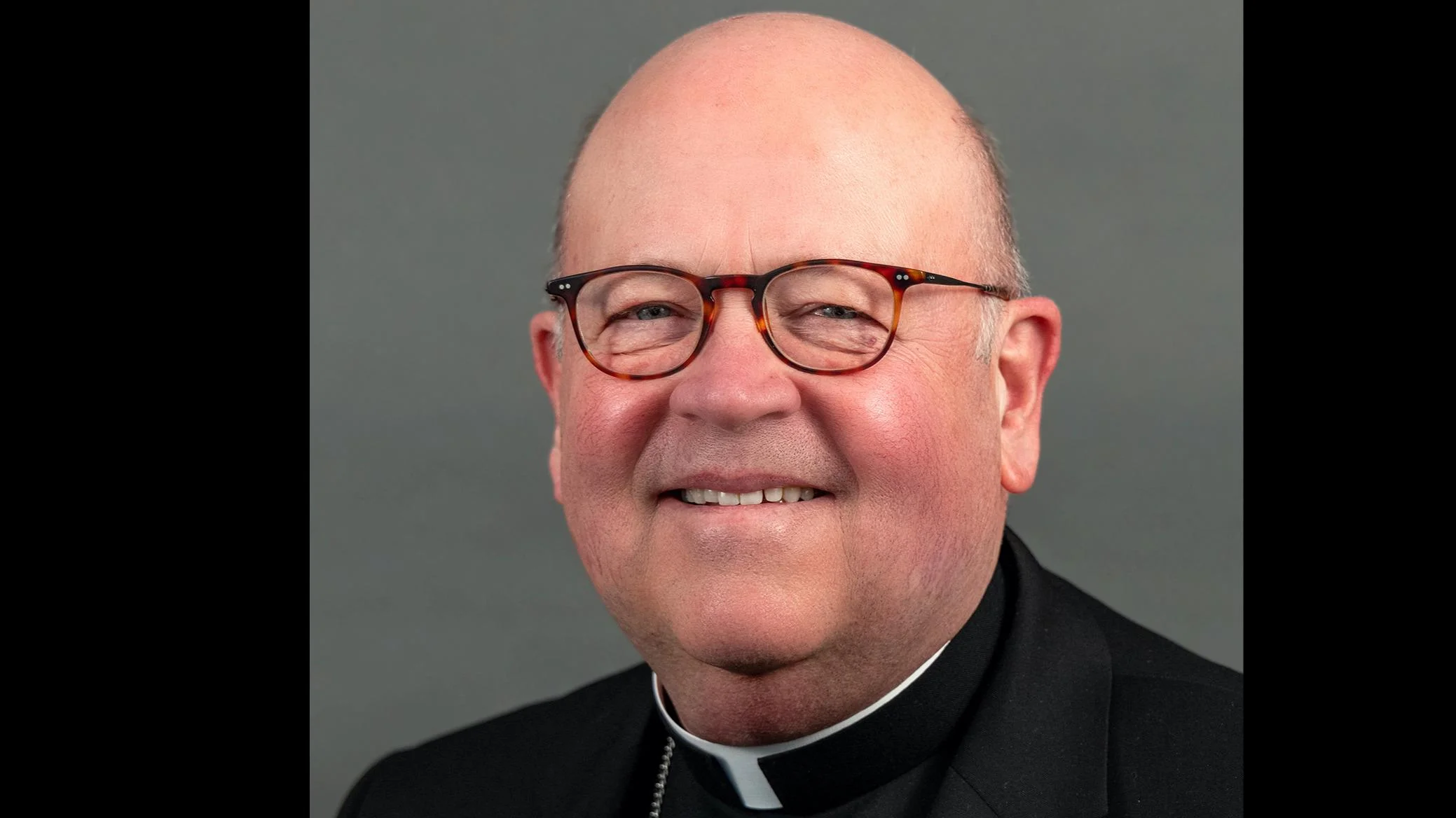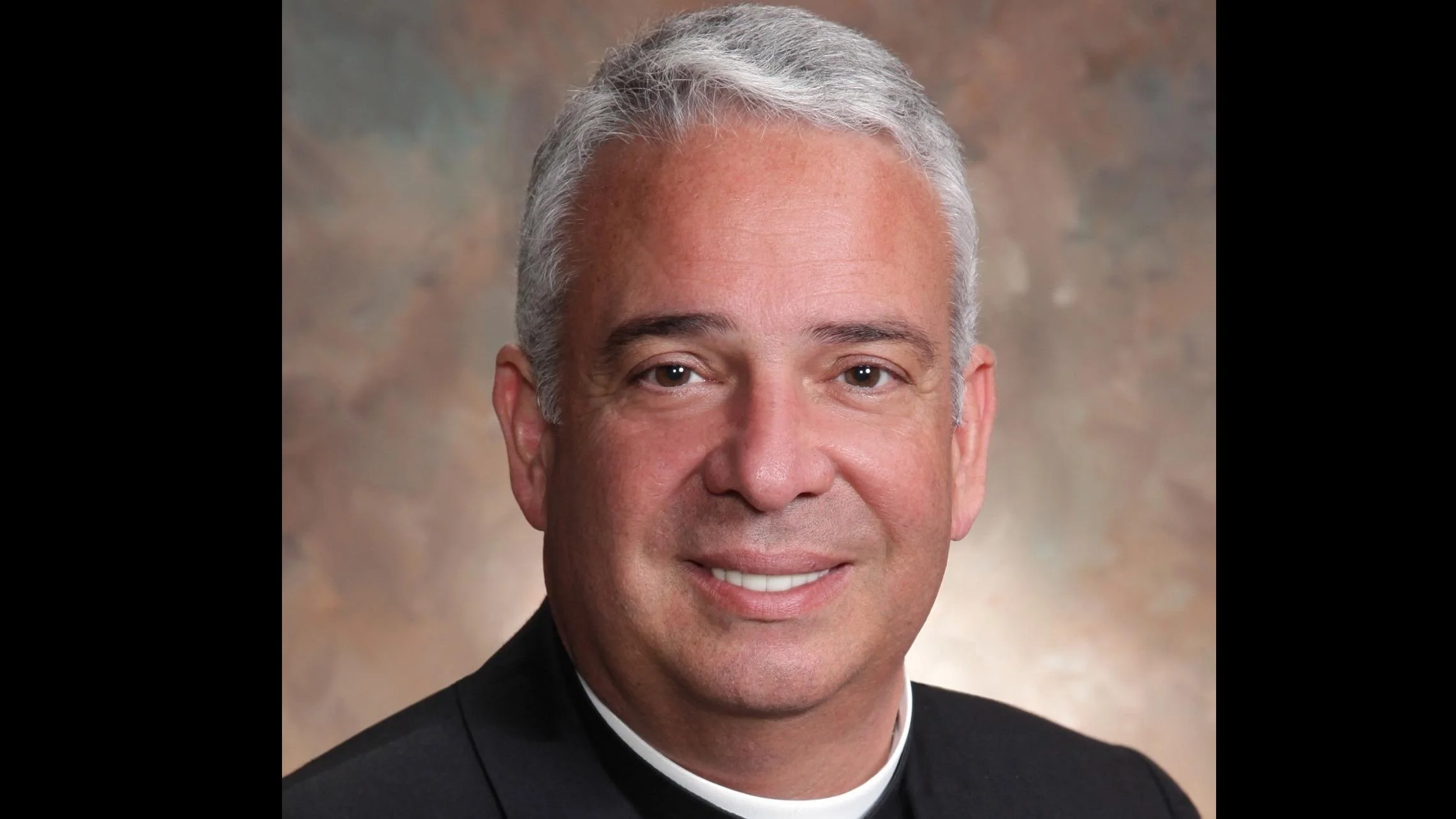
Revered Carl A. Kemme, D.D. Bishop | Diocese of Witchita
A new series of articles is being published to highlight the history and contributions of the Sisters Adorers of the Blood of Christ in the Diocese of Wichita. The series draws from "West-Wind, Spirit-Wind," a book written by ASC Sr. Helen Streck, who was part of the first class of postulants in 1929.
Sr. Tarcisia Roths wrote in the introduction to Sr. Helen’s book: “Sr. Helen has admirably portrayed the broad strokes of the picture; many of the fine lines, the nuances of color, the intricate details, are necessarily left unspoken, unsketched, and will remain inscribed only in our memories, and in the mind and heart of God. Yet, the richness of this history is in the women who have lived its story – whose names do not appear in its pages, yet whose lives are intricately woven into its fabric.”
The articles aim to honor both living and deceased sisters from various orders who played significant roles in shaping Catholic life within Wichita and surrounding areas. Much information for these stories comes from historical accounts compiled by members or historians associated with these religious communities.
Sr. Helen’s work chronicles key events among Adorers since their arrival from Ruma, Illinois to Kansas in 1893. The first leader during this period was Mother Clementine Zerr.
On April 2, 1902, Bishop John J. Hennessy sent two priests to meet four sisters arriving at Wichita’s train station under Mother Clementine's leadership. According to Sr. Streck: “Mother Clementine Zerr, the leader of this first small group, was the vicaress for the American branch of the Sisters Adorers of the Most Precious Blood who had formed a union in Germany to honor the Blood of Christ.”
Mother Clementine previously served as mistress of novices for her community in Switzerland before moving to America due to state pressures on religious institutions under Chancellor Otto von Bismarck.
After arriving in Wichita, these sisters prepared a building purchased from Bishop Hennessy that had previously been used as an orphanage and intended as a boys’ college project that did not materialize.
Sr. Streck described their efforts: “Shortly thereafter, they named it St. John’s Institute, in honor of the chaplain and spiritual director of the sisters at Ruma, Reverend John Neuhaus.” Among those early pioneers were Sr. Jerome Gehringer—who died at age 94—and other members chronicled further by Sr. Helen.
By 1902–03 they established boarding schools focused on practical housekeeping skills for girls aged 12–20 alongside day schools for younger students ages six through twelve covering standard academic subjects as well as music instruction.
Sr. Streck noted: “On most missions there was a ‘housekeeping sister’ who cared for home and prepared meals... In some instances they also substituted for teachers as needed.” Despite difficult conditions—including carrying water from wells or using wood stoves—the sisters continued their mission across multiple rural locations.
Bishop Hennessy supported them through donations while priests provided sacraments regularly at their chapel facilities.
In later years demand grew leading to expansion; an addition was dedicated at St John’s Academy by 1905 followed by establishing a boys’ school nearby using another property acquired southward from their main site.
Mother Clementine became ill with pneumonia following prolonged prayer before Blessed Sacrament; she died January 24th after giving final instructions: “You will have lots of trouble yet but our dear Lord will always help you again,” she told her successors before passing away peacefully.
At her death Wichita Adorers staffed fourteen schools across Kansas and neighboring states with thirteen sisters working locally alongside novices and postulants supporting about one hundred students collectively.
“The foundress had come to America in 1873... but spirit she had nurtured was to continue,” writes Sr. Streck regarding Mother Clementine's legacy within both Ruma and Wichita communities.




 Alerts Sign-up
Alerts Sign-up